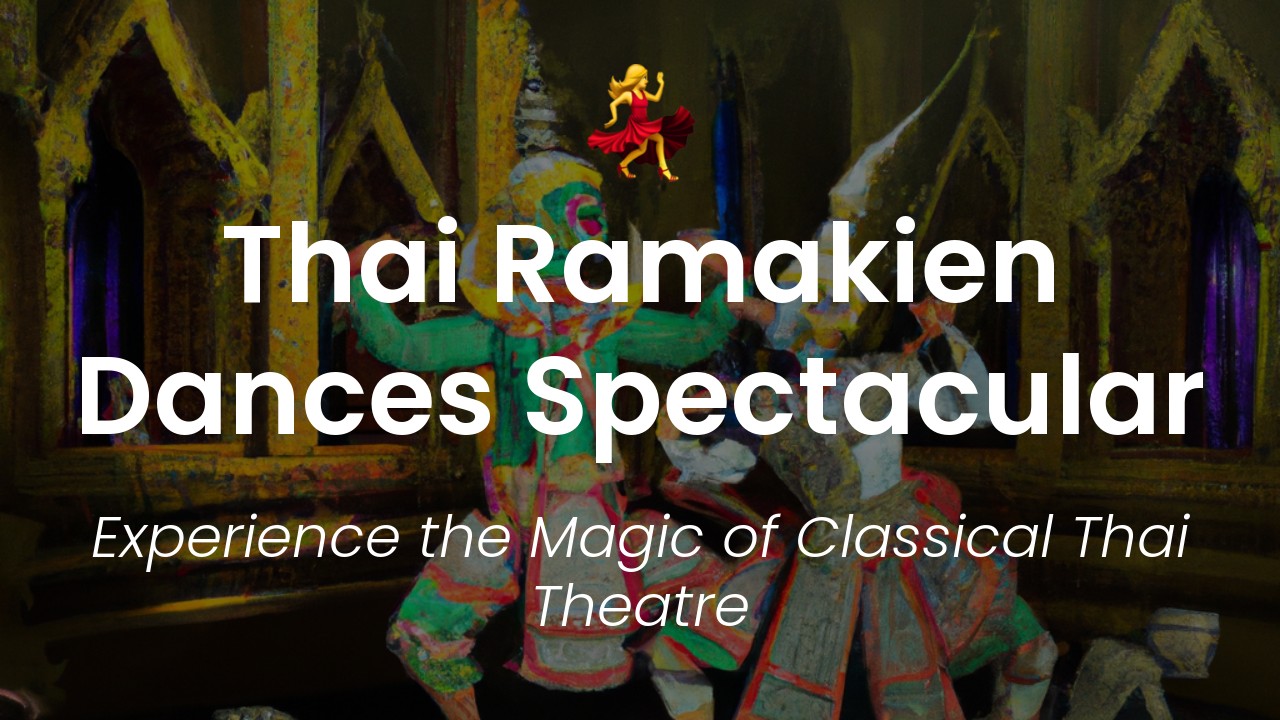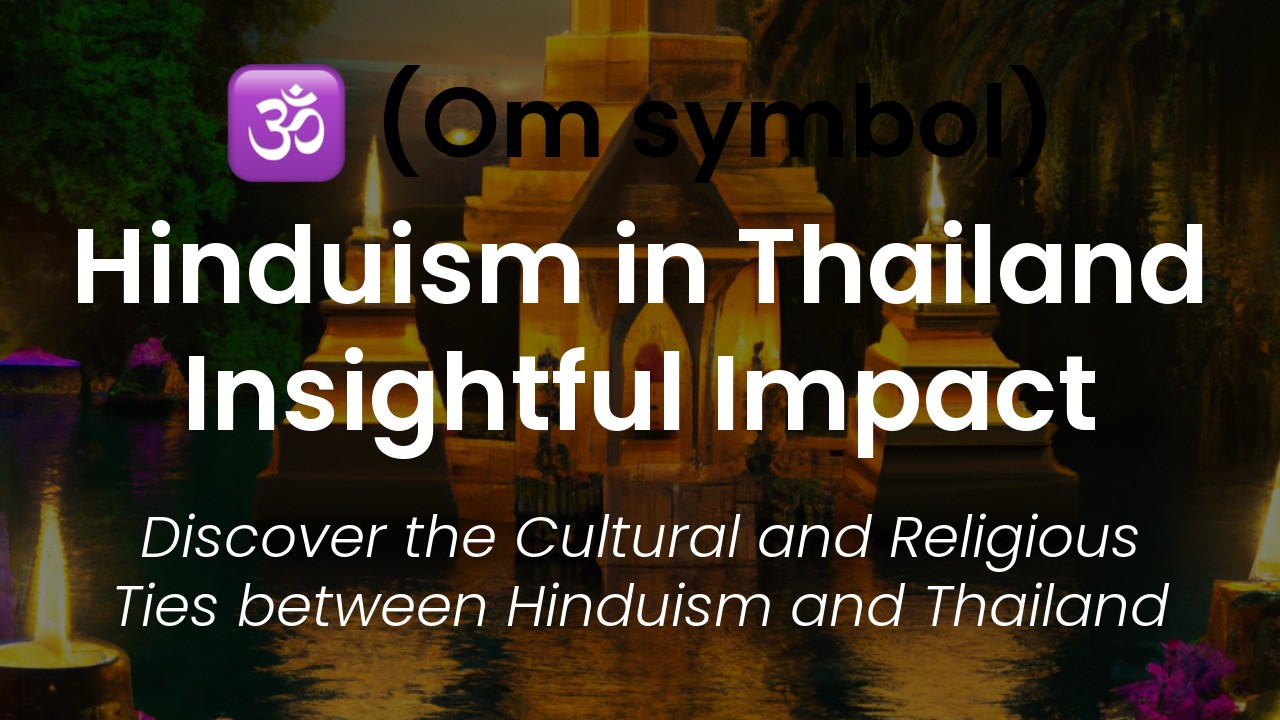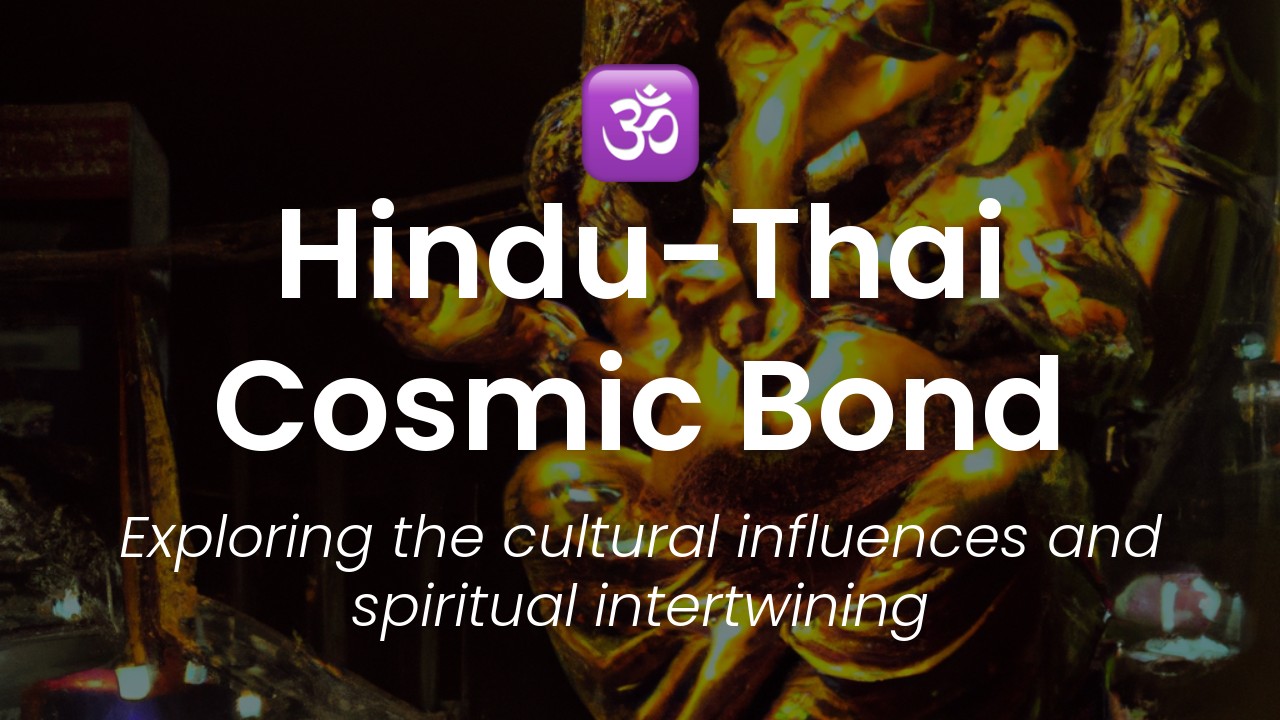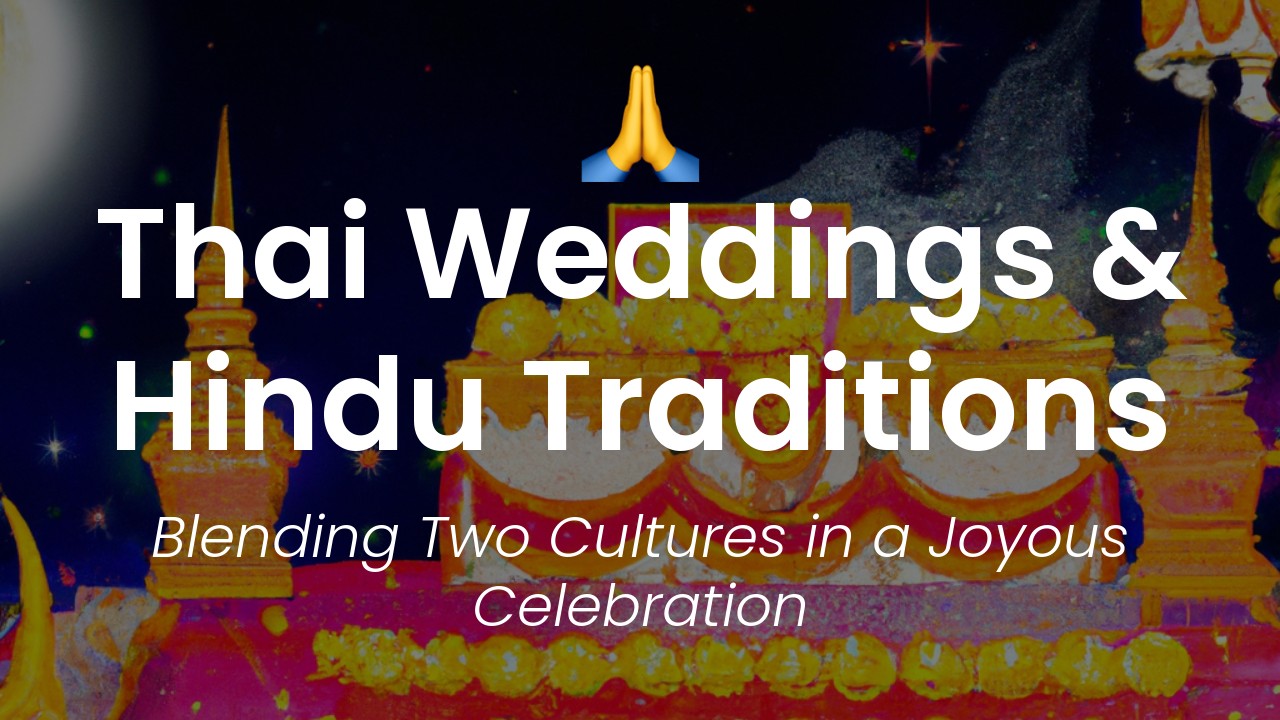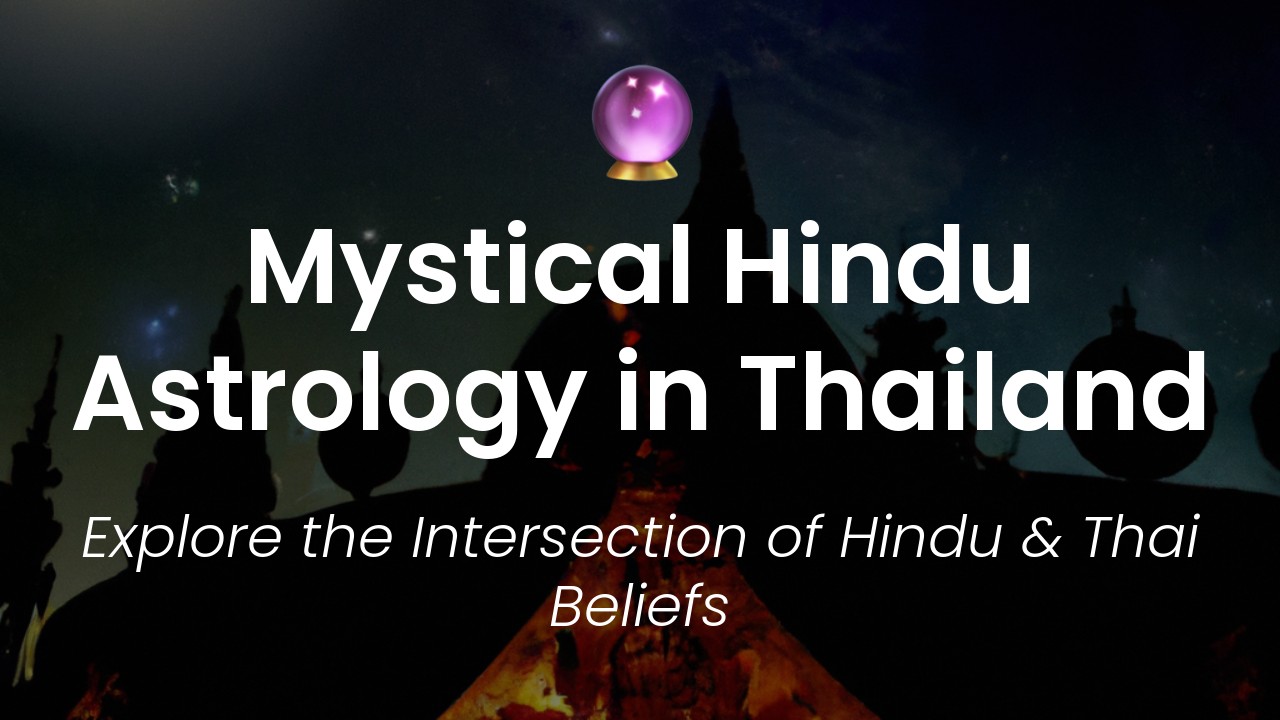As a proud Thai citizen, I have always been fascinated by the unique customs and traditions that make Thailand such a vibrant and culturally diverse nation. One of the most intriguing examples of our rich cultural heritage is the Royal Ploughing Ceremony.
This annual event, held in May, marks the traditional beginning of the rice-growing season in Thailand. It is a colorful and colorful display of pageantry, featuring the country's royal family and a group of sacred oxen. But what is the origin of this ceremony, and why is it so important to Thai culture?
As I delved further into the history of the Royal Ploughing Ceremony, I discovered that it is closely tied to the ancient Hindu religion. This fascinating connection provides insight into the cultural influence of Hinduism on Thailand, and its lasting impact on our traditions and customs. In this blog post, I will explore the ways in which Hinduism has shaped the Royal Ploughing Ceremony, and share some of the intriguing myths and legends associated with this beloved annual event. Get ready to discover the fascinating history of one of Thailand's most cherished cultural traditions!
History of the Ceremony
The Royal Ploughing Ceremony is an important annual event that dates back over 700 years. This ancient Hindu ritual is believed to have originated in India before spreading to other parts of Asia, including Thailand. In Thailand, the ceremony has been observed since the 13th century during the Sukhothai period, and it has remained an integral part of Thai culture ever since.
Significance of the Ceremony to Hinduism
The Royal Ploughing Ceremony is rooted in Hinduism and is known in Sanskrit as the "Annaprashana Ceremony." The ceremony is believed to be a way to appease the gods and seek blessings for the upcoming harvest season. In Hinduism, Agriculture is considered a sacred occupation as the Earth and its produce are seen as forms of the goddess Bhumi.
Hindu Gods Associated with the Ceremony
Two prominent Hindu gods associated with the ceremony are Lord Vishnu, the preserver of the universe, and Indra, the king of heaven and the god of rain. Lord Vishnu is believed to have sent two divine oxen to help mankind plow their fields during a time of drought. Indra is believed to bring rain, which is essential for a good harvest.
The Rituals of the Ceremony
The Royal Ploughing Ceremony is a highly symbolic ritual conducted by members of the Thai royal family. The ceremony takes place in May, on a day designated by astrologers as the most auspicious day for the event. The highlight of the ceremony is the plowing ceremony, where two sacred oxen are brought out to plow a field in front of an eager crowd.
Before the plowing, the oxen are led to seven different stations, where they are presented with various items, including rice, corn, sesame seeds, beans, and liquor. Each station represents a different aspect of life, such as wealth, health, and fertility. The items the oxen choose to consume are said to predict the coming year's harvest.
After the plowing, the furrows are examined, and the royal astrologers make predictions based on the condition of the soil. This report will determine government policies on agriculture throughout the year.
Prayers and Offerings
The Royal Ploughing Ceremony is a time for prayer and offerings to ensure a prosperous harvest. The Thai royal family makes offerings of gold and silver flowers to the gods, while farmers make their offerings of food and fruit to the royal family and the gods.
Cultural and Societal Importance of the Ceremony
The Royal Ploughing Ceremony has both cultural and societal importance in Thailand. The ceremony provides a way for people to come together and celebrate the importance of agriculture and the harvest season. It reinforces the spiritual connection between the people and the heavenly forces believed to control the success of the crops for the year.
Modernisation of the Ceremony
In recent years, the Royal Ploughing Ceremony has seen some modernization. The number of oxen and the size of the plowing plot have been reduced to reduce the cost of the event. The Ministry of Agriculture has also taken advantage of the plowing reports to set policies in preparation for natural disasters, such as droughts and floods.
Conclusion
The Royal Ploughing Ceremony may have Hindu roots, but it has become a distinctly Thai ceremony, reflecting the country's cultural identity and tradition. The event provides a unique way to bring together the people, the royal family, and the gods in a joyous celebration of the upcoming harvest season. As the ceremony continues to evolve, one thing is certain – it will remain a highly significant and treasured event in Thai culture for generations to come.


